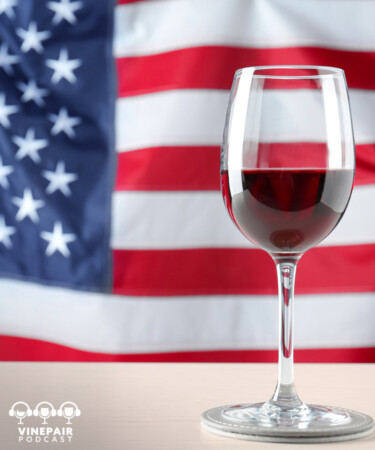Farm-to-table restaurants are popular all across America. Historically at these restaurants, despite the fact that the food is all locally sourced, the wine lists consist almost entirely of imported bottles. But not anymore. More recently, a number of restaurants have opened that operate with a locally sourced philosophy that extends across all spheres, including the beverage program.
VinePair’s assistant editor Hannah Staab explored this topic in a recent article on the site, and found that while it can be beneficial to highlight regions outside of U.S. giants like Napa Valley or countries like Italy and France, operating a domestic-only wine program doesn’t come without its fair share of challenges. Guests may be upset about not having big-name Borolos and Champagnes on the list, or be unwilling to try something from an unfamiliar region. Distribution is also a hurdle these small restaurants have to jump over. Small, regional wineries might lack the proper distribution to reach these restaurants, and many smaller-scale distributors are being squeezed out by larger operations. Plus, given the markup on by-the-glass pours, it’s often challenging to find high-quality domestic wines that can be purchased in bulk at an affordable price.
On this episode of the “VinePair Podcast,” Adam, Joanna, and Zach are joined by Hannah herself to discuss her recent article about a growing trend of wine programs that exclusively serve American wine. The four discuss the extent to which it is driven by consumer demand, the extent to which it reflects bias within the wine industry, and how it could potentially be the byproduct of our complicated and antiquated liquor laws. Tune in for more, and be sure to check out Hannah’s article here.
Zach is drinking: 2011 Hatzidakis Nikteri Assyrtiko
Joanna is reading: The Pioneering Distillers Crafting California’s Agave Spirits Category
Adam is reading: The Blind Pricing Problem at Wine Bars Without Menus
Listen Online
